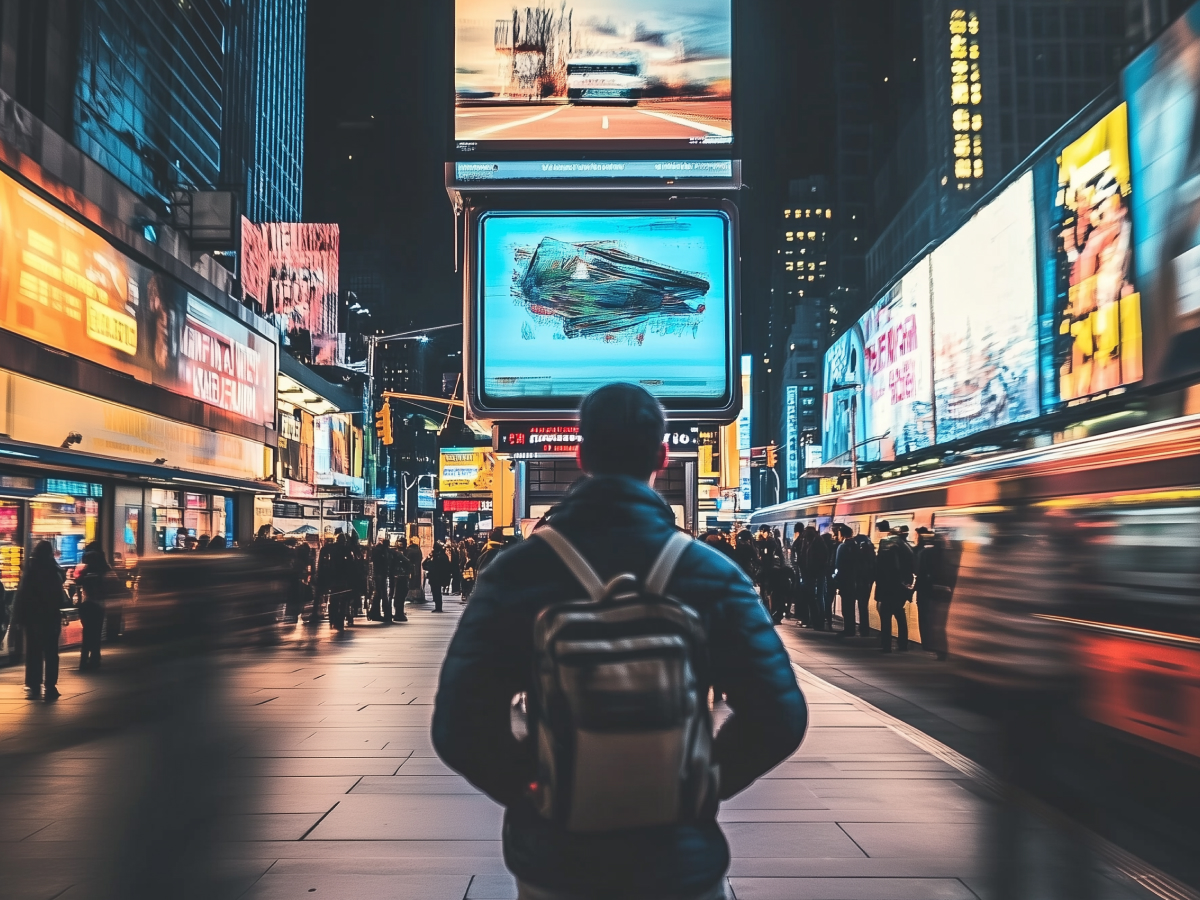Consumers find AI-generated video ads annoying and confusing
AI is undeniably powerful, but when it comes to creating video ads, it seems we’re not quite there yet. NielsenIQ (NIQ) research reveals that consumers consistently rate AI-generated ads as “annoying,” “boring,” and “confusing.” Even when these ads are polished and visually impressive, they don’t leave a lasting impression like traditional ones. Why? The answer lies in something called memory structures—essentially, the mental shortcuts our brains use to process and remember information. AI ads often fail to connect with these structures, making them less impactful.
Authenticity is another key issue. People can tell when something feels artificial, and that instinct tends to trigger skepticism. For brands, this is a big deal because authenticity is the foundation of trust. When an ad feels fake, even subtly, it undermines the connection between the brand and its audience. That’s a problem no amount of visual polish can solve.
Low-quality AI ads are cognitively taxing and distracting
Here’s an interesting paradox: even the worst AI-generated ads do one thing really well—they make sure people associate the ad with the brand. According to NIQ, these ads strengthen what’s called implicit brand associations, the subconscious links people form between a brand and its imagery or messaging.
But there’s a catch. Low-quality AI ads often include awkward elements like stiff, robotic movements, strange facial expressions, or offbeat pacing. These quirks make the ads harder to process, creating cognitive overload—basically, your brain works harder than it should to make sense of what it’s seeing. That effort can frustrate viewers and distract them from the ad’s main message. While brands might score some points for recognition, they risk losing the audience’s attention and goodwill.
AI-generated ads risk damaging brand authenticity
Authenticity matters more than ever in advertising. People want to see ads that make them feel a genuine connection to the message. AI-generated ads struggle here, often creating what NIQ calls a “negative halo effect.” In other words, if the ad feels fake or off-putting, those negative feelings can spill over to the brand itself.
A big factor in this is the uncanny valley, a term that describes the discomfort people feel when something looks almost human but not quite. Many AI ads fall into this trap. Think stiff smiles, limited gestures, or odd editing rhythms. These imperfections, even when subtle, make the ad feel unnatural, which is the opposite of what you want if you’re trying to build trust with your audience.
“Brands must tread carefully. One misstep here hurts the campaign and can damage the broader perception of the company. For businesses investing heavily in AI, that’s a risk worth considering.”
Marketers remain committed to AI experimentation despite consumer skepticism
Despite these challenges, marketers aren’t backing away from AI. On the contrary, they’re leaning in. Agencies and brands are pouring millions into generative AI tools, betting that this technology will reshape advertising for the better. And they’re not wrong—AI offers incredible potential for streamlining creative processes and cutting production costs.
But here’s the tension: consumer sentiment hasn’t caught up with industry enthusiasm. Recent high-profile campaigns illustrate this disconnect. Toys R Us used OpenAI’s Sora tool to create the first brand video of its kind, and Coca-Cola rolled out AI-generated holiday ads. Both efforts were criticized for feeling artificial, showing that even well-intentioned innovation can backfire.
This is a reminder that technology adoption is just as much about timing as it is about capability. AI will likely become a cornerstone of marketing, but right now, there’s a gap between what the tech can do and what audiences are ready to embrace. Bridging that gap is the challenge.
Generative AI tools show promise for early-stage creative processes
While AI might struggle to deliver polished, audience-ready ads today, it shines in other areas. For example, generative AI is fantastic for early-stage creative processes like brainstorming, storyboarding, or creating multiple versions of an ad for testing. These are low-risk, high-reward use cases where the tech’s speed and versatility can really make a difference.
Generative AI also excels at building implicit brand associations, strengthening the mental connections between a brand and its messaging. This is valuable groundwork, especially when paired with human creativity to fine-tune the final product. As the technology matures, its ability to mimic realism and eliminate current flaws—like the uncanny valley effect—will only improve, making it more viable for consumer-facing campaigns.
For now, the smart play is to use AI where it adds the most value and minimizes risk. Marketers should think of it as a tool for enhancing, not replacing, the creative process. Focusing on the right applications, brands can stay ahead of the curve while avoiding costly missteps.
Final thoughts
The real question for your brand is how you’ll use AI wisely and in the right places. Are you building trust and authenticity, or are you chasing efficiency at the expense of connection? The future belongs to those who master both. How will you tap into AI’s potential while making sure your message truly resonates?




